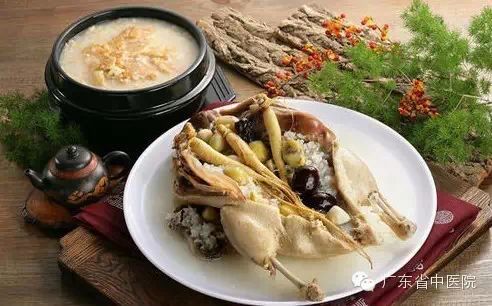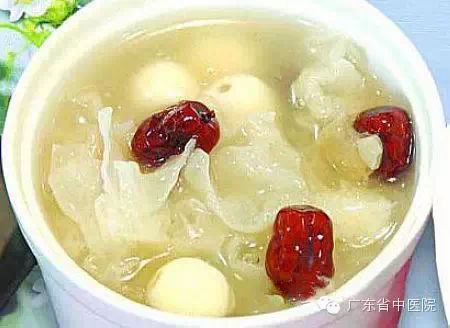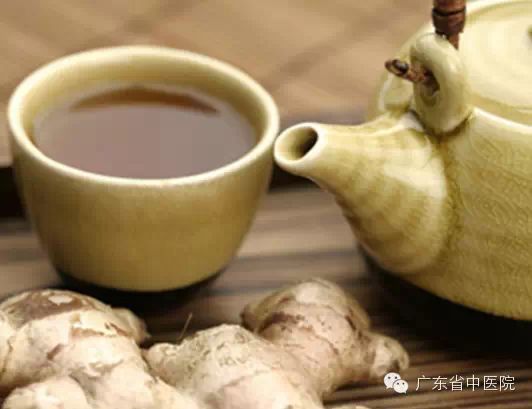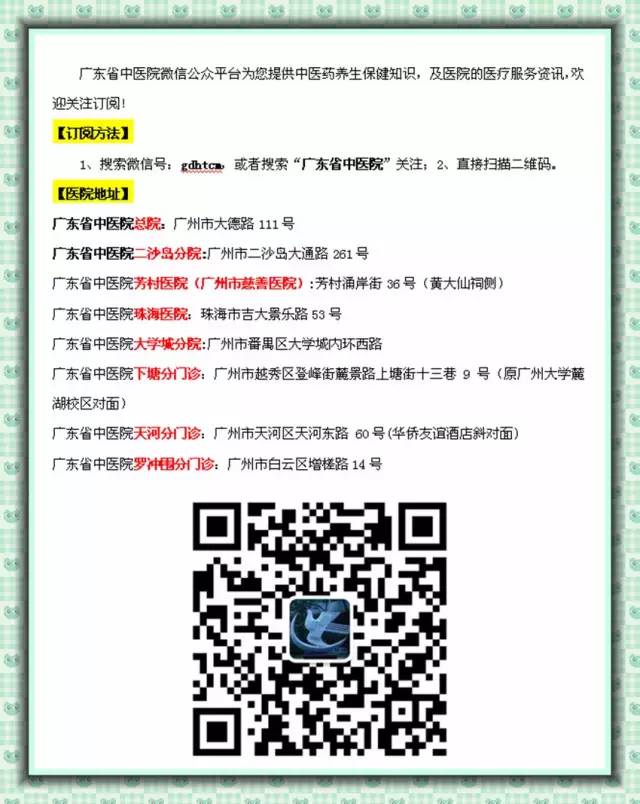Winter is an excellent season for nourishment, as the saying goes, “Nourish in winter, and you will thrive in spring.” Many elderly individuals wish to take advantage of winter to properly nourish their bodies. However, there are common misconceptions about nourishment, leading to the frequent occurrence of “using remedies indiscriminately without understanding the body’s condition.”
Experts remind us that while nourishing herbs are beneficial to the body, indiscriminate supplementation without understanding one’s constitution can lead to an imbalance of yin and yang, which can be harmful. Below, we will explore how to nourish the body appropriately during winter.
Medical Guidance by Dr. Chen Rundong, Deputy Chief Physician of the Preventive Medicine Department, Guangdong Provincial Hospital of Traditional Chinese Medicine
Reporter: Chen Xiaokun Correspondent: Wu Yuantuan
Understanding Deficiency and Excess in Nourishment
In Traditional Chinese Medicine (TCM), treatment methods are divided into supplementation and purging. Simply put, it involves nourishing deficiency and purging excess. TCM believes that the root cause of disease is the imbalance of yin and yang. Physicians typically use the two main approaches of “nourishing deficiency” and “purging excess” to ultimately achieve a balance of yin and yang in the body, thereby curing diseases. Thus, both “nourishing” and “purging” are treatment methods without a one-sided good or bad distinction.
When discussing nourishment and purging, we must consider the concepts of “deficiency” and “excess.” Deficiency and excess belong to the diagnostic categories of TCM. Generally, insufficient vital energy is considered “deficiency,” and those with deficiency often exhibit symptoms such as dizziness, pale complexion, fatigue, shortness of breath, spontaneous sweating, palpitations, insomnia, and reduced appetite. Conversely, excessive pathogenic factors are termed “excess,” and those with excess often present symptoms like irritability, loud voice, excessive phlegm, abdominal pain with tenderness, and constipation.
Dr. Chen Rundong emphasizes that before applying methods of nourishment and purging, one must first conduct a proper diagnosis to distinguish between deficiency and excess. As the saying goes, “Nourish the deficient, purge the excess.” If one does not differentiate between deficiency and excess and recklessly applies nourishment or purging, it is easy to make the mistake of “nourishing excess and purging deficiency,” which is a common warning in TCM about the pitfalls of misdiagnosis. Therefore, nourishment and purging is a nuanced discipline, not merely about “drinking Astragalus and Codonopsis soup as a form of nourishment.”
Establishing a Correct Perspective on Nourishment and Purging
Dr. Chen Rundong warns that the general public’s understanding of nourishment and purging often differs from professional medical perspectives. People tend to view nourishment as beneficial to the body and purging as detrimental, leading to a preference for nourishment and aversion to purging.
This results in clinical situations where patients complain about prescriptions containing rhubarb or gypsum, claiming they are “too deficient” to endure the harshness.
In reality, when the body is overwhelmed by pathogenic factors, purging can help harmonize yin and yang. If one only focuses on nourishment at this time, it will be counterproductive. For instance, some elderly individuals indiscriminately supplement during winter without discerning deficiency and excess, ultimately harming their bodies. This is what doctors often lament: “Codonopsis and Astragalus can be harmful, while rhubarb and gypsum can save lives without reward.”
“To appropriately nourish in winter, one must first distinguish between cold and heat tendencies and the constitution of deficiency and excess. Secondly, if there is internal heat, indicated by symptoms such as flushed face, body heat, dry stools, and yellow urine, one should avoid supplementation. Finally, when nourishing, it is best to choose food ingredients rather than ‘extremely cold’ or ‘extremely hot’ medicinal materials,” Dr. Chen advises.
Health-Promoting Dietary Therapy
Ginseng Stewed Chicken

Ingredients:
5-8 grams of Korean ginseng, 1 old hen, appropriate amounts of ginger, scallions, cooking wine, salt, and peanut oil.
Method:
Slice the ginseng thinly, and cut the chicken into pieces and wash clean. Place both ingredients into a clay pot, add an appropriate amount of water, along with ginger, scallions, cooking wine, and peanut oil. Bring to a boil over high heat, skim off the foam, then reduce to low heat and simmer for 2-3 hours. Finally, add salt to taste.
Effects:
This dish has the effects of greatly replenishing vital energy, strengthening the spleen, and nourishing the stomach, suitable for those with qi deficiency, commonly presenting symptoms such as pale complexion, shortness of breath, fatigue, dizziness, sweating upon exertion, and low voice.
Rock Candy Stewed Snow Fungus

Ingredients:
100 grams of snow fungus, 80 grams of rock candy.
Method:
First, soak the snow fungus in warm water for 1 hour, remove the hard parts, wash clean, and soak again. In a pot, add an appropriate amount of water and rock candy, bring to a boil over medium heat, and once the rock candy dissolves, pour into a container and add the soaked snow fungus. Finally, stew the snow fungus for 1 hour.
Effects:
This dish has the effects of nourishing yin, moistening the lungs, and generating fluids to relieve cough, suitable for those with yin deficiency, accompanied by dry cough without phlegm, dry throat, thin body, blood-streaked phlegm, hoarseness, and red tongue with little fluid.
Ginger Red Date Tea

Ingredients:
9 red dates, 3 slices of ginger, 6 longan, appropriate amount of brown sugar.
Method:
Wash the red dates and longan, and slice the ginger. Add an appropriate amount of water and ginger slices to a pot, bring to a boil over high heat, and once the ginger juice is released, add the red dates and longan. Stir slightly, then add brown sugar, and cook until the sugar dissolves before serving.
Effects:
This dish has the effects of warming the middle, securing the exterior, and dispersing wind-cold, suitable for those with yang deficiency, presenting symptoms such as cold intolerance, cold limbs, spontaneous sweating, low resistance, and abdominal fullness.



